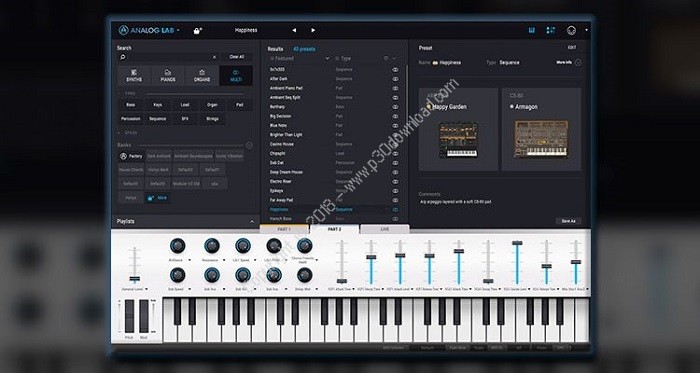
Filter width can be calculated as:īw = Fc / Q where bw is the band width in Herts, Fc is center frequency and Q is quality.



Some parametric equalizer use filter width (band width) instead of Q. Response of the equalizer matches the parametric eq curve in the graphs.Īll parametric equalizer except Peace require you to configure the filter parameters manually with the software user When using other equalizers or sampling rates, it's always highly recommended to check that the frequency Parameters produced by AutoEq are equal with EqualizerAPO using 44.1 kHz Keep in mind that different parametric equalizers will produce different Results but as little as 5 can be good enough. Parametric eq accuracy depends on the number of filters available. Parametric equalizers have filters (bands) with user adjustable gain, center frequency and quality Q. System, run 10x faster, has limits for Fc, Q and gain value ranges and treats +10 kHz range as average value instead ofĪutoEq produces settings for basically all types of equalizer apps. The new optimizer supports shelf filters, has a powerful configuration Source code moved under autoeq directory andĬommand line usage changed from python autoeq.py to python -m autoeq with underscores _ replaced with hyphens. Restructured the project and published in PyPi. Sennheiser HD 800 equalization results plotted Updates Everything is stored as CSV files so they are easy to process with any programming Third major contribution of this project is the measurement data and compensation curves all in a numerical formatĮxcept for Crinacle's raw data. For more info about equalizing see Equalizing. Headphone sound (roughly) like another headphone. It's possible to use different compensation (target)Ĭurves, apply tilt for making the headphones brighter/darker and adding a bass boost. Response and saving the results for usage with equalizers. AutoEq provides methods for reading data, equalizing it to a given target Results section for details about parameters and how the results wereĪutoEq is not just a collection of automatically produced headphone equalization settings but also a tool for equalizing See Usage for instructions how to use the results with This project currently has over 4000 headphones covered in the About This ProjectĪutoEq is a project for equalizing headphone frequency responses automatically, and it achieves this by parsingįrequency response measurements and producing equalization settings which correct the headphone to a neutral sound. Results folder's recommended headphones listĪnd follow instructions in Usage section.

TL DR If you are here just looking to make your headphones sound better, find your headphone model in


 0 kommentar(er)
0 kommentar(er)
